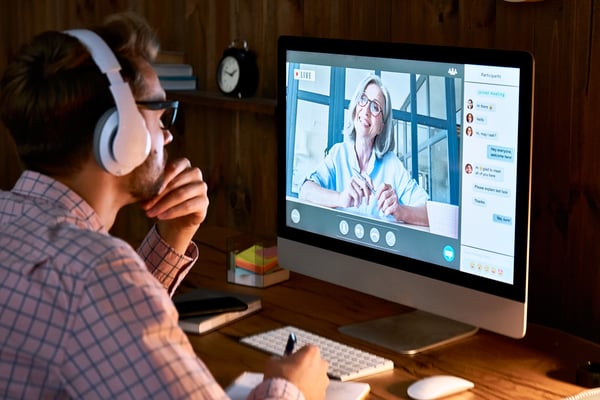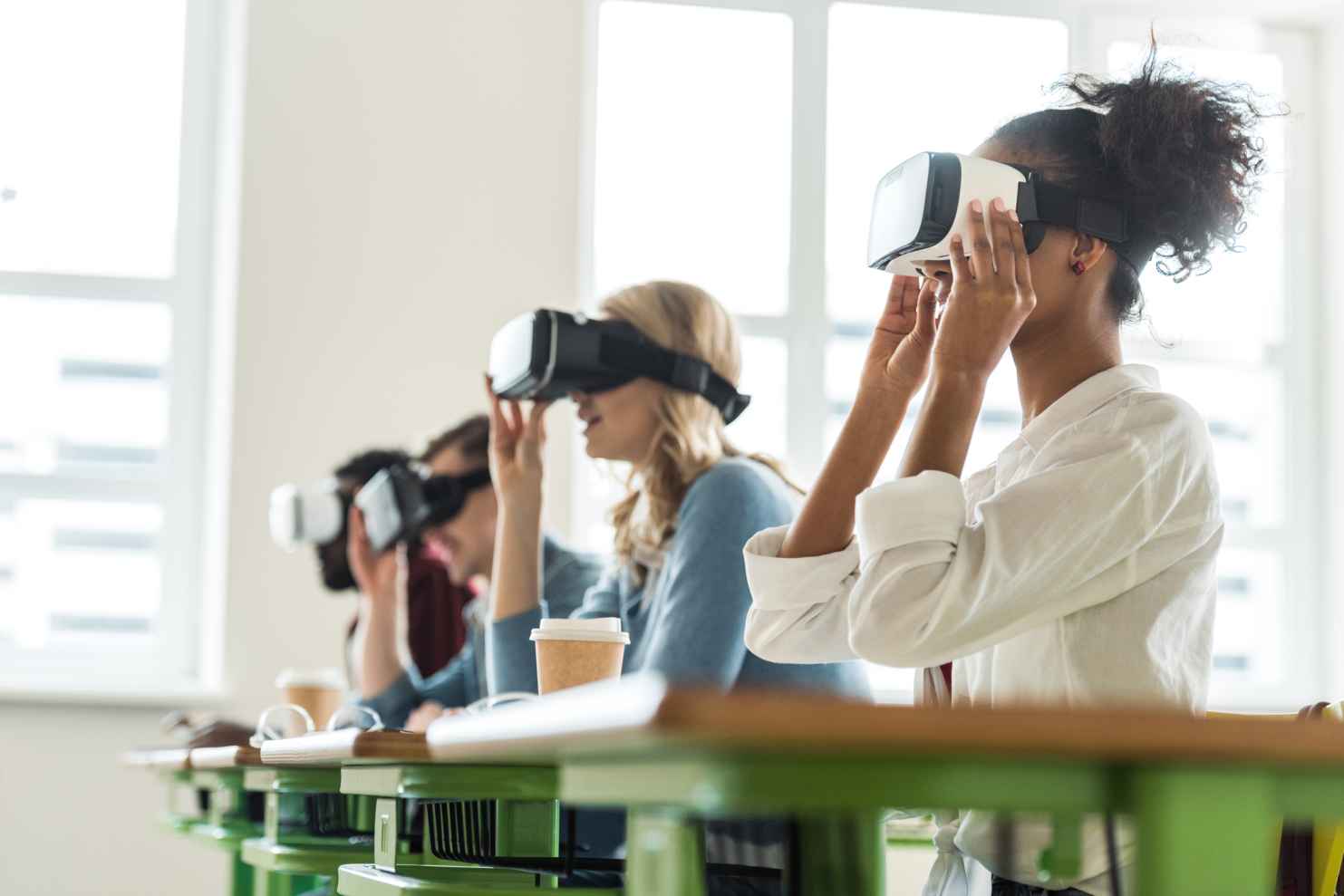- SERVICES
- HIGHER EDUCATION MARKETING
- ENGAGEMENT & ENROLLMENT MANAGEMENT
- STUDENT RECRUITMENT AGENCIES
- PROFESSIONAL EDUCATION & TRAINING
- WHO WE ARE
WHO WE ARE
Learn more about Keystone Education Group, including our leadership structure, why choose Keystone as your educational partner, and company press releases.
QUICK LINKS
- RESOURCES
RESOURCES
Find a range of helpful resources to help with your educational marketing. From on-demand webinars, reports & data, to customer testimonials and our downloadable media kit.
QUICK LINKS
- NEWS
- REQUEST A CALL
- Keystone Higher Education News
- Switching up the Traditional Lecture Model
Generation Z students require more interaction when it comes to learning - having grown up around reels, AI, and voice recognition. Switching from the ‘traditional lecture model’, and creating an interactive learning experience is going to be the best way to capture the attention of your future Gen Z classes.
While some institutions have already adopted a new style of teaching, it will soon become the norm to incorporate video recordings, interactive online learning, as well as the traditional ‘students on seats’ in the lecture hall.
So, how can you attain this interactive learning environment? Here are five tips for inspiration.
Personalized videoPersonalized videos from lecturers to students can be an engaging method of creating informative content that students can re-watch again or return to again during end-of-year exams, for example.
Tools like Loom or Vidyard allow the recording of videos to be sent via email by simply copying and pasting the URL. The result is quick response times, no more long-winded text-heavy emails, and personalized support.

Guest lecture Q&As
Lectures are a perfect conduit for bringing professionals into the classroom. In our latest State of Student Recruitment report, which surveyed over 20,000 prospective students, 42% of respondents voted that ‘industry connections and career services (including Alumni networks)’ was the most important factor in a school or university – the third highest.
Pinpointing career proskeypects and showcasing alumni and potential career opportunities associated with your program will engage your students, and hopefully motivate them.
If it is being held online, consider turning it into a Q&A session to keep students engaged. They may be more likely to submit questions via an online chat instead of in person.
Interaction, interaction, interactionThe future generations will be well accustomed to online learning, which involves polls, putting hands up, and chat features.
In our 2022 State of Student Recruitment report, 61% of prospective students surveyed voted that they preferred to have in-person classes. Only 6.9% voted to have online classes, with the remaining 32.1% voting for a mix of the two.
In a post-pandemic world, students want to return to the classroom but will be expecting the same learning experiences as before.
Try to incorporate more dynamic teaching into your in-person lessons. Options include interactive tasks during lectures or using online resources such as quizzes, to engage students while they are in a lecture hall.

Teach with a colleague/friend
Online classes can be made smoother by having a colleague or a friend go through the content with you. Sportscasters and newscasters host as two people – this encourages dialogue and interaction. Lessons can be transformed into a commentary that students watch and take in, rather than a static lecture.
Utilize former students or doctorate and master’s students
Students like to hear from other students. If you are issuing a marked assignment, consider approaching a former student who could run through project ideas, what their processes were, and their successes and failures. They can even record a video which can be shown to the class.
If you have master’s or doctorate students from your program who are still at the institution, call upon them to share their insights with the class. A new voice and a new perspective will help students focus.
In a post-pandemic world, students and institutions are slowly adjusting to what suits their specific mode of learning. Personalization and interactivity are thought to be high on students’ expectations, so trying to adopt a more dynamic approach to teaching will hopefully retain students and ensure future enrollments.
More about:
Related Tags
Just For You
Top Picks
Higher Ed Chats Podcast
Listen to the latest episodes of our Higher Ed Chats Podcast. Hear from Higher Ed thought-leaders from around the world!
The Keystone Awards 2026:
Nominate your institution or a student

Recognize your your university, team, colleagues and students for a Keystone Award!
Subscribe
to get the latest news and updates



